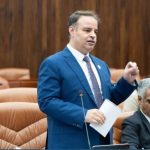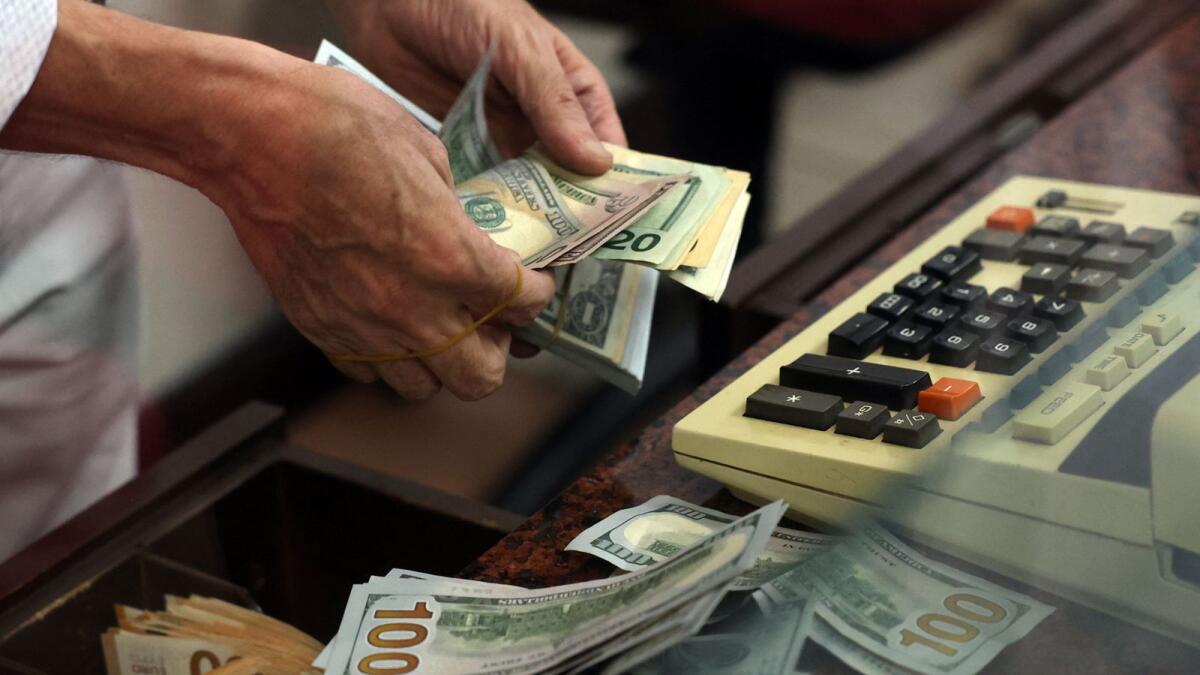Consumer inflation in the US eased more than expected last month, with the consumer price index (CPI) slowing to 2.5 percent in August from a year ago. This was down from 2.9 percent in July and the lowest annual figure since February 2021. The Labor Department reported that the monthly inflation rate picked up by 0.2 percent, in line with expectations. The easing of inflation has fueled expectations that the Federal Reserve will cut interest rates next week in order to boost demand in the economy.
A rate cut by the independent US central bank would provide some positive economic news for the Democratic party as they head into the final stretch of the 2024 presidential elections. While the headline rate of inflation has decreased, a measure of inflation that strips out volatile food and energy costs was largely unchanged on an annual basis. This indicates that underlying inflation remains sticky and some inflationary pressures are still present, such as in motor vehicle insurance and housing indices.
Despite the ongoing slowdown in consumer inflation, the Fed’s preferred inflation measure, the personal consumption expenditures price index (PCE), has also been easing towards the bank’s long-term two-percent target in recent months. Alongside this, the labor market has cooled, leading Fed policymakers to shift attention from inflation to the unemployment part of the bank’s dual mandate. Fed Chair, Jerome Powell, has indicated that rate cuts are on the way and that the timing and pace will depend on incoming data.
A Fed rate cut next week would place the central bank in the midst of the political debate less than two months before the November presidential election, where the economy remains a top concern for voters. While policymakers have stressed that the timing of rate cuts will be based on economic data rather than politics, a September cut may not sit well with former US president Donald Trump. Investors are now awaiting the upcoming Fed rate decision on September 18, with futures traders predicting an 85 percent chance of a quarter percentage-point cut.
The White House’s National Economic Advisor, Lael Brainard, stated that the latest inflation report indicates a positive turn in inflation. However, concerns over sticky underlying inflation and the ongoing economic pressures remain. Despite this, investors and analysts are confident that the Fed will proceed with a rate cut next week. The Fed’s decision will impact the economy and potentially influence the outcome of the upcoming presidential election. It is important to monitor the evolving economic situation and the Fed’s response to it in the coming months.











